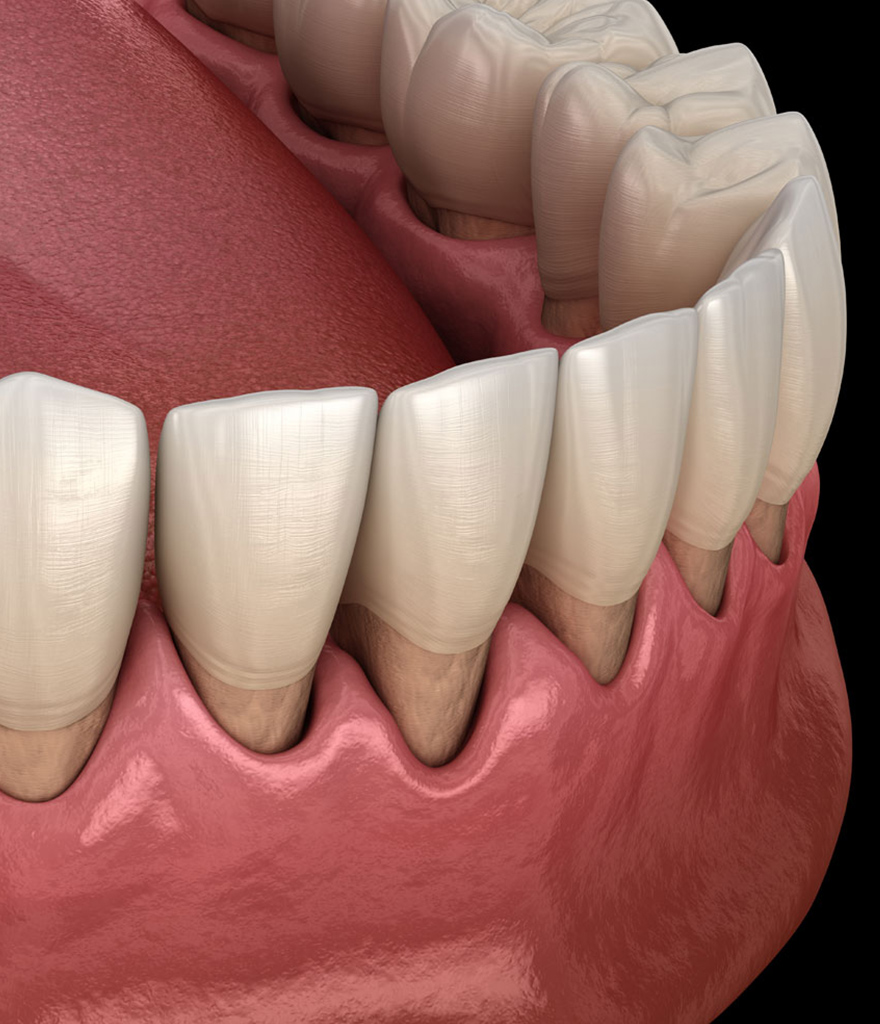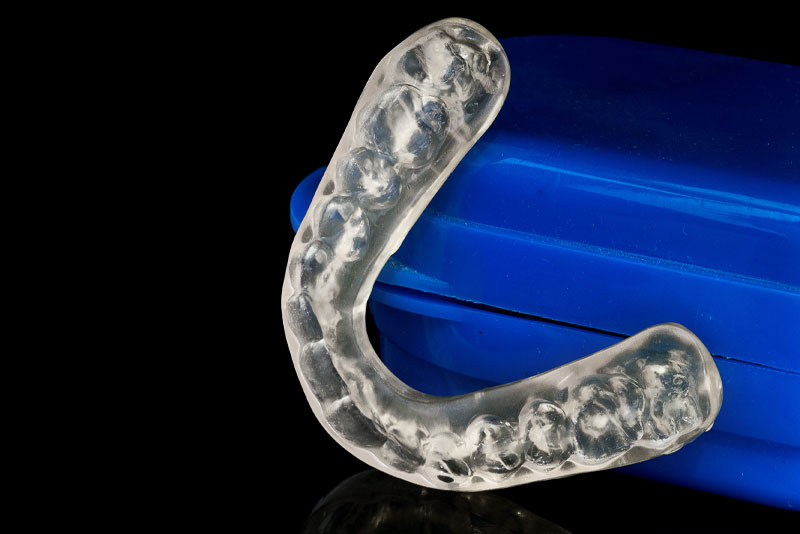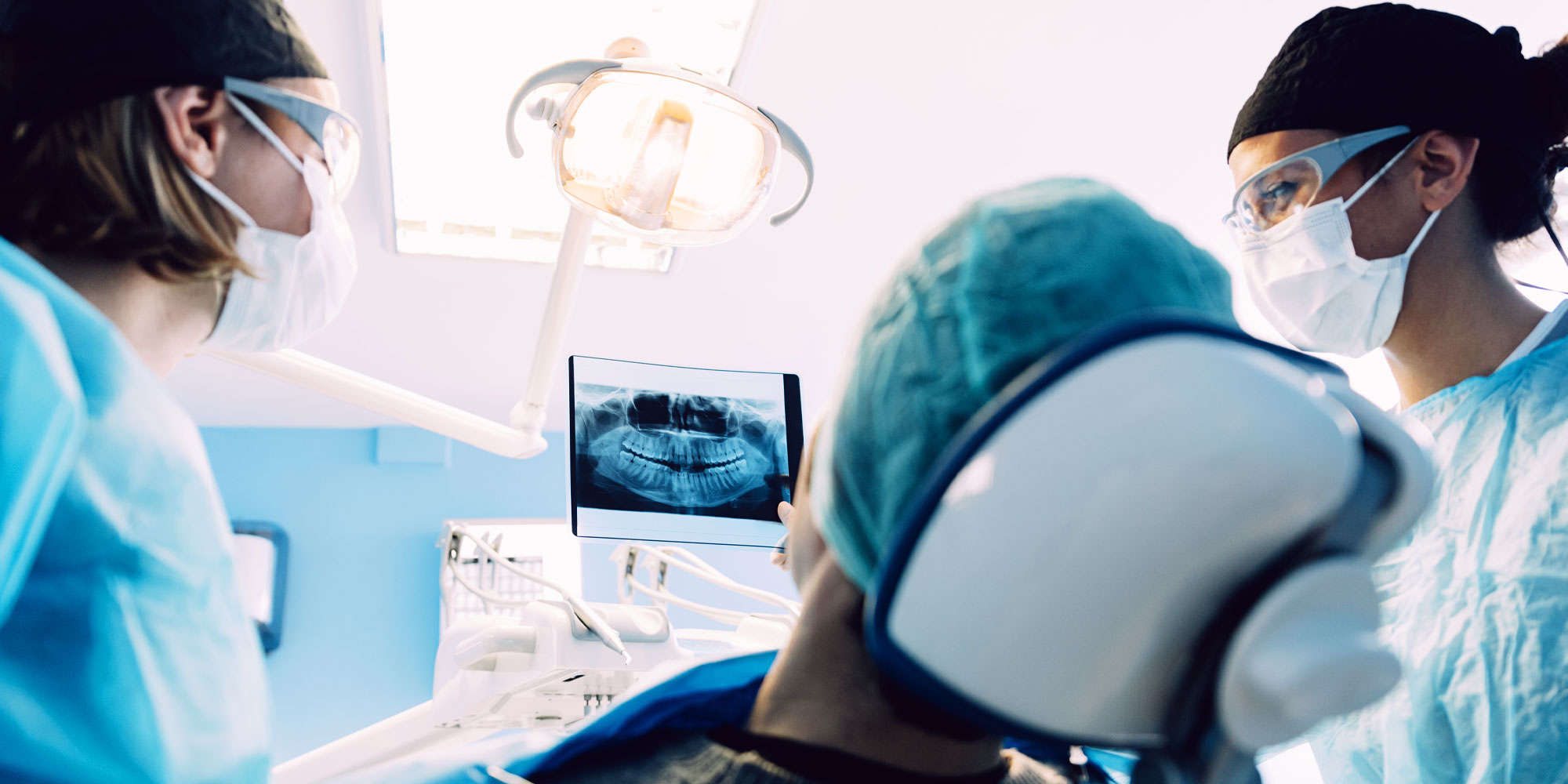About Gum Recession - Berkeley, CA
Smile Saver: Innovative Solutions for Treating and Reversing Gum Recession

Battling Gum Recession?
Gum recession is one of the side effects of progressing gum disease and other oral health problems. It is also known as gingival recession and some of the symptoms include tooth sensitivity and gum pain. If the gums have worn down, they cannot grow back, and you may need professional gum surgery treatment with Dr. Keith Chertok to maintain optimal oral health.
Many people with receding gums feel very self-conscious about their smile because an excessive amount of tooth structure may be exposed. If you notice symptoms of gum recession, you must seek treatment to restore your healthy smile. You can prevent further gum recession by using the right brushing technique and by being consistent with your home care. If you have a misaligned bite, you could be at a higher risk of developing gum recession because too much pressure is being placed on certain teeth when this force occurs.

Causes of Gum Recession
- Periodontal Disease
- Genetic Disposition
- Oral Hygiene Routine
- Hormonal Shifts
- Lifestyle Habits
- Bite
- Bruxism
- Tobacco Use
Preventing Gum Recession
If you are concerned about gum recession and other problems related to your oral health, talk with Dr. Chertok about options for preventing receding gums and gum disease. Some of the best ways to prevent receding gums include:
- Using the right tooth-brushing technique
- Avoiding clenching or grinding the teeth
- Getting treatment for the misalignment of the teeth
- Breaking habits that irritate the gums
- Wearing a nightguard to reduce stress on the teeth

When to Seek Treatment
If you have gum disease that has led to gum recession, you may notice your teeth becoming very sensitive. Receding gums are a common problem that should be evaluated by Dr. Chertok. However, many people do not realize their oral health is at risk until they experience severe symptoms. Signs and symptoms of gum recession include:
- Very sensitive teeth
- Teeth appear longer than normal
- Notch is forming near the gum line

Treating Gum Recession
Dr. Chertok may recommend a gum graft or PST ™ for gum recession so that you no longer experience any type of pain or tooth sensitivity. Repairing your gums may require gum surgery, and Dr. Chertok can employ one of several techniques for the best possible outcome. Gum grafting procedures are typically performed by using tissue from a nearby site or by grafting tissue from the roof of the mouth. In some cases, the graft is performed with donor material. PST™ utilizes a patient’s own tissue and strategically repositions gum tissue located around the actual area of loss.

Importance of Seeing Your Periodontist
If you have loose teeth or receding gums, you must contact Dr. Chertok for an appointment as soon as possible. These are both symptoms of gum disease and should be treated as soon as possible. Progressing gum disease can cause a number of oral health problems, including shifting teeth, bleeding gums, gum recession, and inflammation of the gum tissue.
If you notice your teeth have become very sensitive or are starting to pull away from the tooth structure, you need to seek treatment for these symptoms as soon as you can. Dr. Chertok may recommend periodontal therapy if gum disease has caused your recession, and a gum graft or PST™ to restore your oral health. He will determine whether you are a good candidate for these treatments during your consultation. His goal is to ensure that you are not causing any unnecessary damage to the gums.
For your periodontal screening and gum recession evaluation in Berkeley, CA
schedule your appointment with Dr. Chertok today!
FAQ: Receding Gums and Treatment Options in Berkeley, CA
In Berkeley, CA, patients with gum recession may be treated using gum grafting or the Pinhole Surgical Technique (PST™). Gum grafts involve using tissue from the roof of the mouth or donor material to cover exposed roots. PST™ repositions existing gum tissue to restore coverage without incisions or sutures.
PST™ is a minimally invasive option that uses a tiny opening to gently loosen and shift nearby gum tissue over the exposed root. Since it doesn’t require cutting or stitching, healing is faster, and the aesthetic outcome is natural and immediate.
Gum recession is caused by factors like gum disease, aggressive brushing, bite misalignment, and bruxism. Once gums recede, they don’t grow back naturally. However, treatments like grafting or PST™ can restore coverage and protect tooth roots from further damage.
If your teeth are becoming sensitive, appear longer, or show notching near the gum line, it may be time for gum surgery. These signs point to gum recession, which can expose roots and lead to further oral health issues without treatment.
Tooth sensitivity may be a sign of gum recession. As gums pull away, the root surfaces become exposed, which have little protection from temperature changes or physical contact. Gum grafts or PST™ can help resolve this.
Bleeding or receding gums often signal advancing gum disease. Bacteria build-up in deep pockets can break down tissue and bone. If untreated, this leads to gum recession and tooth instability.
Yes. Bruxism (tooth grinding) puts excessive pressure on your teeth and gums, contributing to gum recession. Wearing a nightguard can protect your gums and reduce the risk of further tissue loss.
If you’re noticing sensitive teeth, receding gum lines, or loose teeth, you should schedule a gum recession screening in Berkeley, CA as soon as possible. Early detection and intervention can prevent further damage.
Use a soft-bristled brush and gentle technique, avoid clenching or grinding your teeth, wear a nightguard if needed, and seek treatment for bite misalignment. Good home care and regular periodontal checkups are essential.
If you have exposed tooth roots, gum sensitivity, or cosmetic concerns from recession, you may be a candidate for PST™ or grafting. Dr. Chertok will assess your gum condition during a consultation to determine the best treatment.

